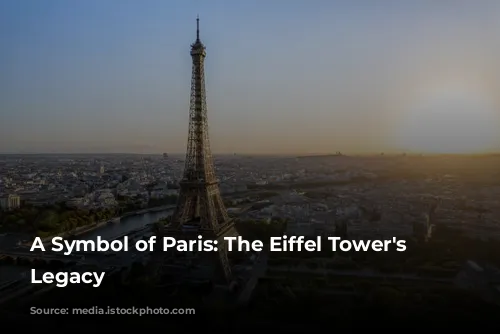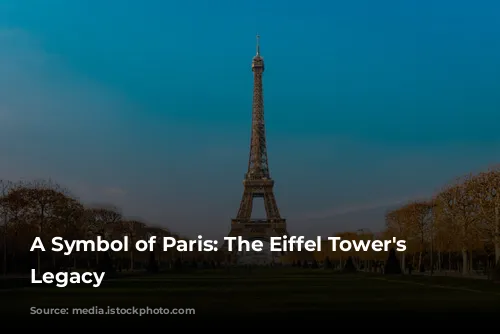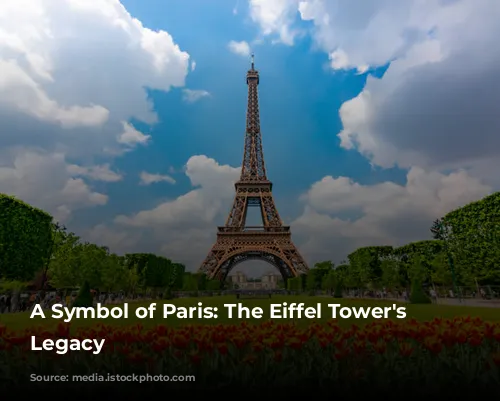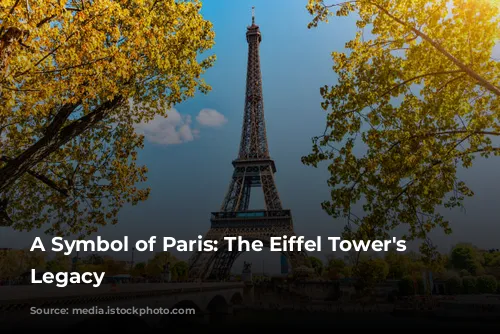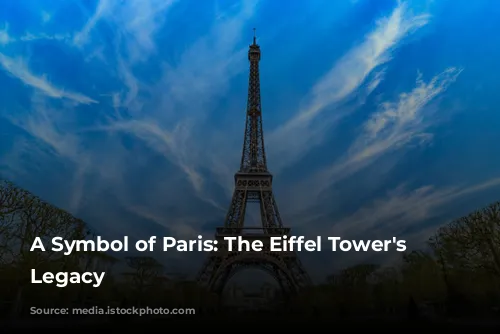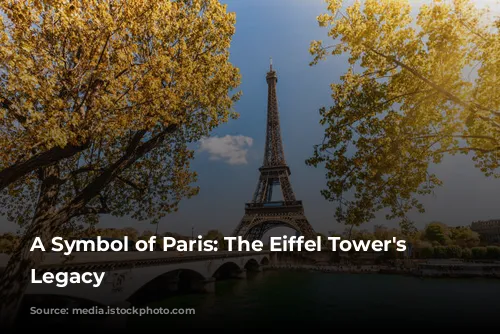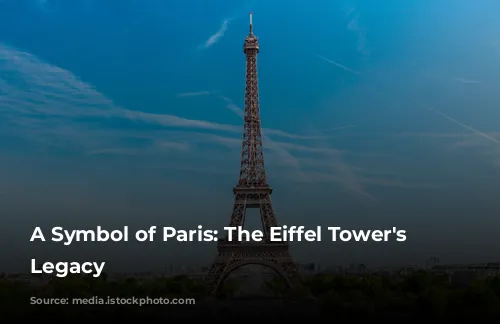The Eiffel Tower: a name that evokes images of romance, grandeur, and the City of Lights. This iconic structure, a testament to human ingenuity and architectural prowess, has become synonymous with Paris itself. But its journey to becoming a beloved landmark wasn’t always smooth.
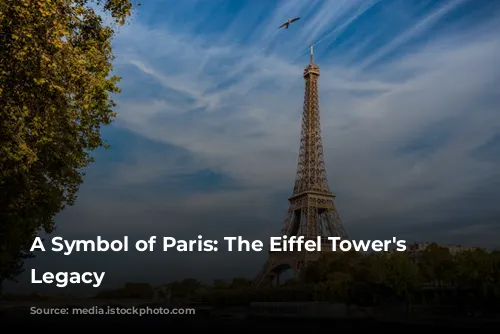
A Controversial Beginning
The year was 1889, and Paris was abuzz with excitement as it prepared to host the Exposition Universelle, a grand world’s fair celebrating the 100th anniversary of the French Revolution. This celebration called for a magnificent monument, a symbol of French achievement, and the competition to design this landmark was fierce.
Among the many proposals submitted, one stood out: a towering iron structure conceived by Maurice Koechlin, a structural engineer working for Alexandre-Gustave Eiffel’s company, Eiffel et Compagnie. Eiffel, renowned for his expertise in bridges and metalwork, took the lead on the project, though it was Koechlin’s vision that initially shaped the tower’s design.
However, Eiffel, known for his flair for the dramatic, felt the initial design lacked the necessary grandeur. He instructed Koechlin to embellish the structure with intricate details, adding an element of artistic flair to the otherwise stark design. The final plan called for over 18,000 pieces of wrought iron, meticulously assembled by hundreds of workers over two years.
A Towering Achievement
When the Eiffel Tower was unveiled in March 1889, it stood at nearly 1,000 feet, dwarfing all other structures in the world. Its latticework structure, a marvel of engineering, was both awe-inspiring and controversial.
While many marveled at the tower’s audacity, others found it an eyesore, a monstrosity marring the Parisian skyline. Renowned novelist Guy de Maupassant, for example, was so repulsed by the structure that he would dine at the tower’s restaurant, the only place where he could avoid the sight of it.
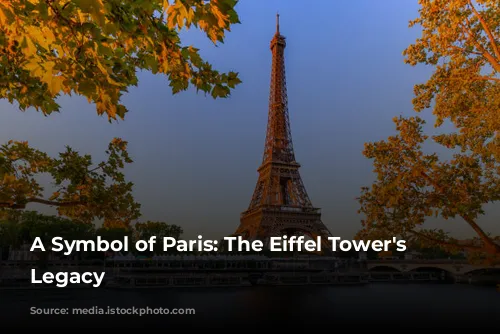
From Temporary Exhibit to Enduring Icon
The Eiffel Tower was initially conceived as a temporary structure, destined for demolition after the World’s Fair ended. However, its fate took a dramatic turn in 1909 when city officials recognized its potential as a radiotelegraph station, a crucial piece of infrastructure for communication.
The tower’s wartime role further solidified its place in Parisian life. During World War I, it served as a crucial communication hub, intercepting enemy signals and transmitting vital information. Its strategic importance was evident once again in World War II, when Hitler ordered its destruction, a command that was thankfully never carried out.
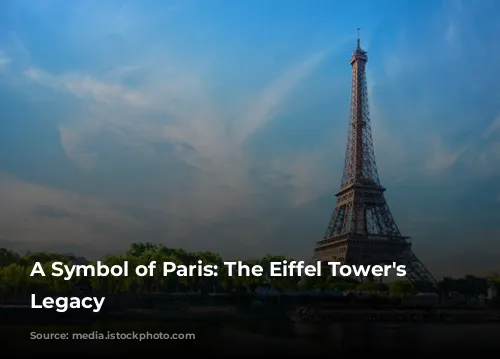
A Legacy of Beauty and Innovation
Today, the Eiffel Tower stands as a symbol of Paris’ resilience, creativity, and engineering prowess. Its architectural beauty has inspired countless imitations worldwide, and its legacy continues to fascinate and inspire. The tower’s three levels, now home to restaurants and observation decks, offer breathtaking views of the City of Lights, drawing millions of visitors annually.
The Eiffel Tower is not just a landmark; it’s a reminder of Paris’ rich history, its enduring spirit, and its ability to transform even the most controversial ideas into enduring symbols of beauty and innovation. It is a testament to the power of human imagination and the enduring allure of a vision that dared to reach for the sky.
